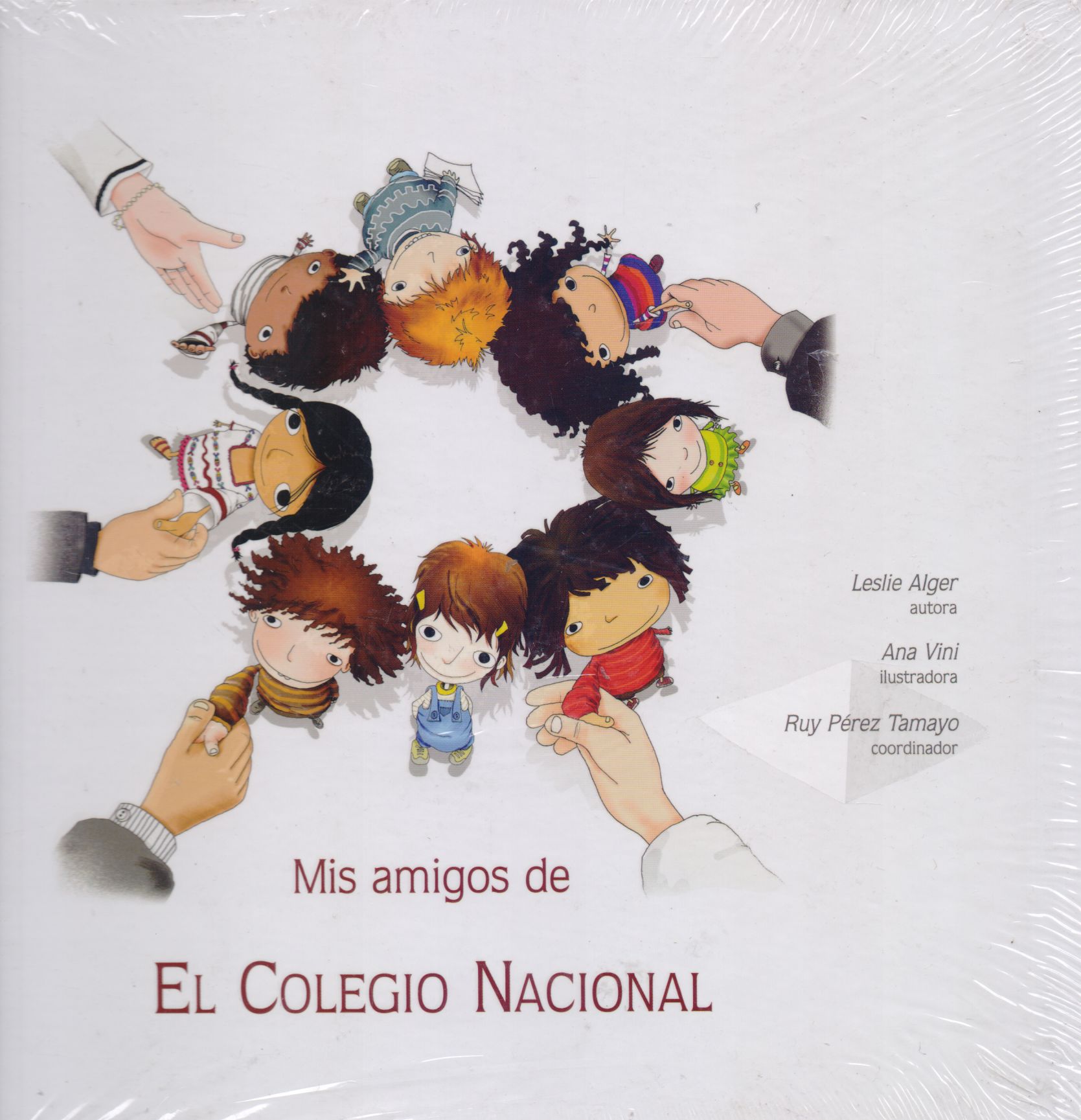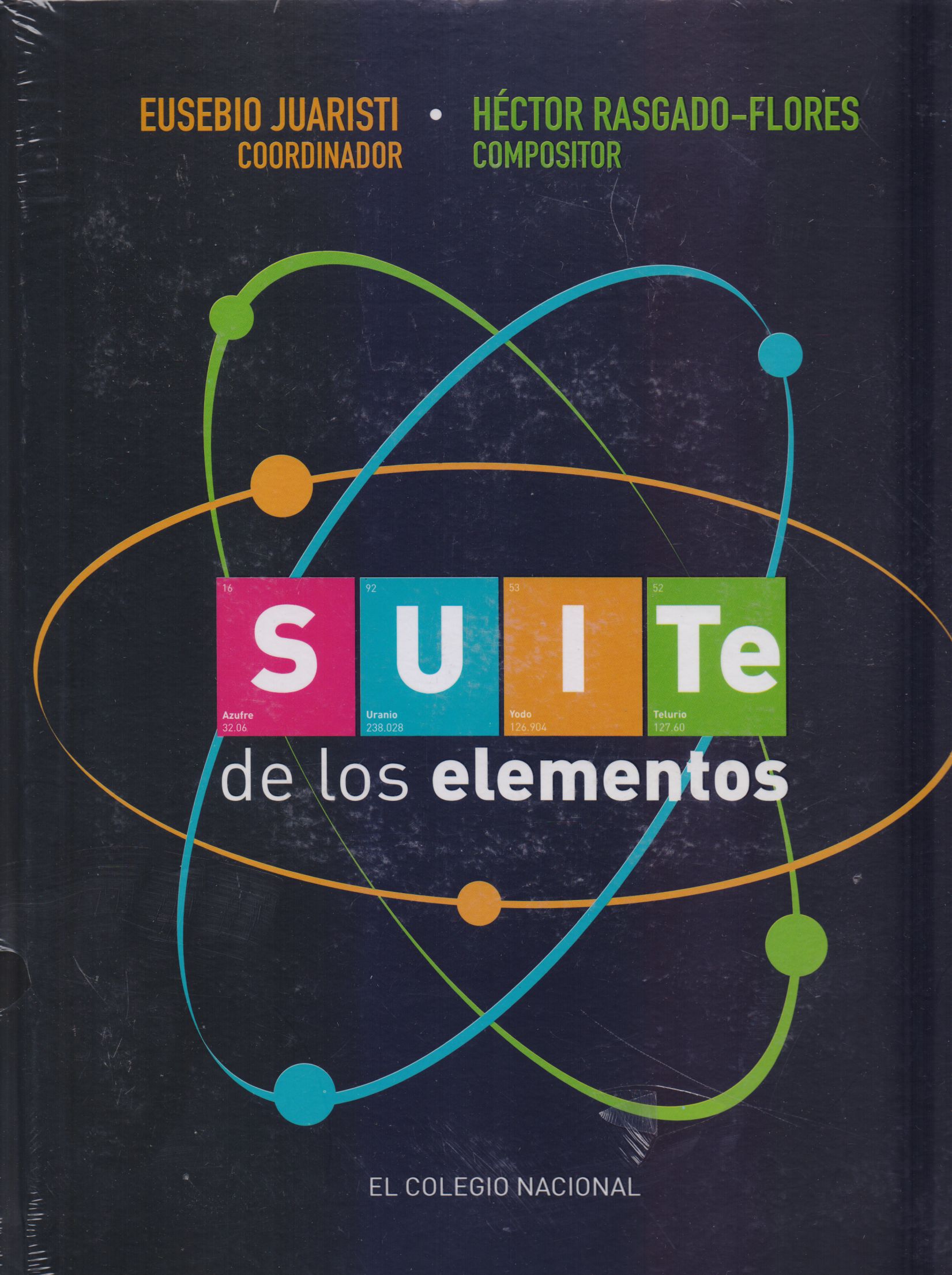Libros relacionados
 |
Génesis de la Desorientación Moderna: una Aproximacióm a la Relación Histórica E Talancón E. , José Luis Universidad Nacional Autonoma de Mexico |
 |
<<planos Geognósticos de los Alpes, la Suiza y el Tirol>> Los: de Carlos de Gimb Parra del Río, María Dolores Doce Calles |
 |
Biology: How Life Works Morris, James / Hartl, Daniel / Knoll, Andrew / Lue, Robert Macmillan Press Ltd |
 |
Plant Systematics. A Phylogenetic Approach Judd, Walter / Campbell, Christopher / Kellog, Elizabeth / S Sinauer |


|
Título: Biological Wastewater Treatment | |
| Autor: Love Nancy G. | Precio: Desconocido | |
| Editorial: Crc Press | Año: 2011 | |
| Tema: Ciencia, Biologia, Fisica | Edición: 3ª | |
| Sinopsis | ISBN: 9780849396793 | |
| Following in the footsteps of previous highly successful and useful editions, Biological Wastewater Treatment, Third Edition presents the theoretical principles and design procedures for biochemical operations used in wastewater treatment processes. It reflects important changes and advancements in the field, such as a revised treatment of the microbiology and kinetics of nutrient removal and an update of the simulation of biological phosphorous removal with a more contemporary model.
See what’s new in the Third Edition: A chapter devoted to the description and simulation of anaerobic bioreactors Coverage of applications of submerged attached growth bioreactors Expanded discussion of modeling attached growth systems Increased information on the fate and effects of trace contaminants as they relate to xenobiotic organic chemicals A chapter on applying biochemical unit operations to design systems for greater sustainability The book describes named biochemical operations in terms of treatment objectives, biochemical environment, and reactor configuration; introduces the format and notation used throughout the text; and presents the basic stoichiometry and kinetics of microbial reactions that are key to quantitative descriptions of biochemical operations. It then examines the stoichiometry and kinetics used to investigate the theoretical performance of biological reactors containing microorganisms suspended in the wastewater. The authors apply this theory to the operations introduced, taking care to highlight the practical constraints that ensure system functionality in the real world. The authors focus on further biochemical operations in which microorganisms grow attached to solid surfaces, adding complexity to the analysis, even though the operations are often simpler in application. They conclude with a look to the future, introducing the fate and effects of xenobiotic and trace contaminants in wastewater treatment systems and examining how the application of biochemical operations can lead to a more sustainable world. |
||
Librería Bonilla SA de CV © Todos los derechos reservados. 2019
Última actualización: Jul 2019







